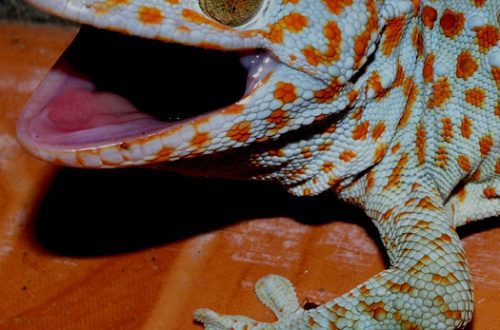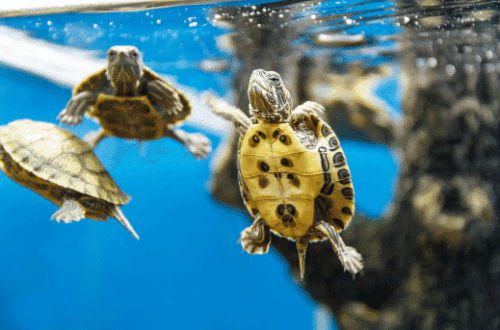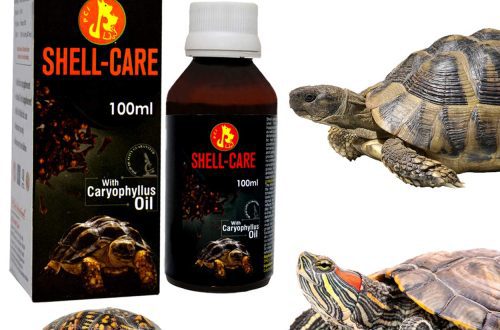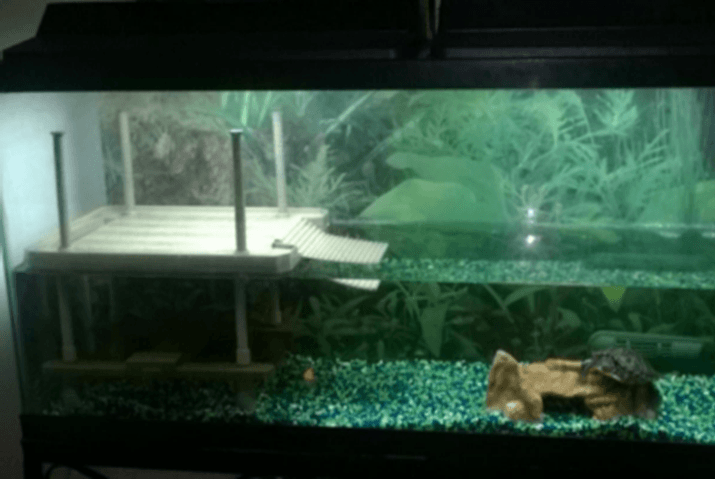
Other Turtle Aquarium Equipment
Contents
Heater
The average water temperature in the aquarium is 21-24 C (correspondingly 21 in winter, 24 in summer). For different species, it can be a little more or less. For example, for bog turtles, the temperature should be lower than for red-eared turtles.
The easiest way to maintain a constant temperature in an aquarium is to use a heater that is submerged in water. There are two types of aquarium heaters: glass and plastic. A plastic heater is better than a glass one, as turtles cannot break it and burn themselves on it.
A glass water heater resembles a long glass tube. These types of heaters are very practical because they are already sold with a built-in thermostat that allows you to keep the temperature at the same level. The heater is selected on the basis of 1l = 1 W. The temperature is set as required for the given species of turtle. It is best to buy a rigid and unbreakable horizontal type water heater with good suction cups. Some aquatic turtles rip the heaters off the suction cups and run around the aquarium. To prevent turtles from moving the aquarium heater, it must be filled with large stones. For large and aggressive turtles (vulture, caiman), the water heater should be separated by a wall. To control the temperature, you can hang a thermal sticker on the outer water part of the aquarium.
Water heaters are available at all pet stores with an aquarium section.
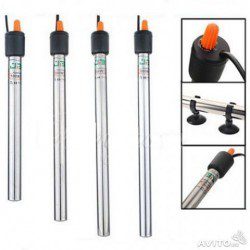
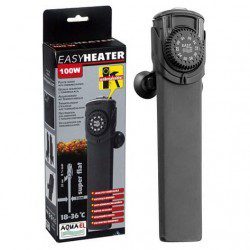
Mineral block neutralizer (turtle tank neutralizer)
Neutralizes the acidity of aquarium water, promotes its purification and enriches with calcium. The water block catalytic converter is used to purify the water and also as a source of calcium when aquatic turtles nibble on it. The need for it for turtles has not yet been proven. Also suitable are cuttlefish bone and other calcium mineral blocks for reptiles without vitamins and other additives.
Siphon, hose bucket
Needed to change water. Despite the presence of a filter, you still need to change the water at least once every 1-2 months. It is convenient to use a hose with a pump that pumps out water on its own, but if this is not the case, then you can do the following:
some water is poured into the bucket; the hose is filled to the brim with water. Next, one end of the hose with water is placed in a bucket, the other in a turtle aquarium. The water from the hose will flow into the bucket, dragging water out of the aquarium, so the water will overflow on its own.
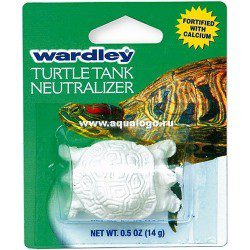

Means for measuring and changing the pH of water
(important for some exotic turtle species) pH meters and pH increasers or reducers can be used. Sera pH-Test or Sera pH-meter – for monitoring the pH level. Sera pH-minus and Sera pH-plus – for increasing or decreasing the pH level. Sera aqatan is used for water treatment. It binds harmful metal ions and protects against aggressive chlorine.
Suitable for softening and conditioning tap water air conditioning Tetra ReptoSafe. It will neutralize chlorine and heavy metals, while the colloids will protect turtle skin and reduce the risk of skin diseases.
Aeration means
Desirable for Trionics, but not needed (although not harmful) to other turtles. Aeration agents saturate the water with oxygen, forming bubbles. Aerators are sold as separate devices or built into the filter (in this case, the air intake tube should lead out of the water to the surface).
Aeration aids are desirable for Trionyxes, but unnecessary (although not harmful) to other turtles.
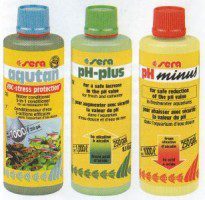


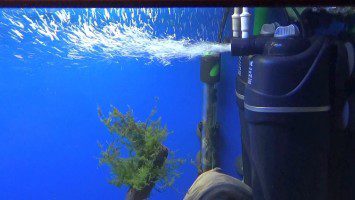
Time relay or timer
The timer is used to automatically turn on and off lights and other electrical appliances. This device is optional, but desirable if you want to accustom turtles to a certain routine. Daylight hours should be 10-12 hours. Time relays are electromechanical and electronic (more complex and expensive. There are also relays for seconds, minutes, 15 and 30 minutes. Time relays can be bought at terrarium stores and electrical goods stores (household relays), for example, in Leroy Merlin or Auchan.
Voltage stabilizer or UPS
Voltage stabilizer or UPS needed in the event that the voltage in your home fluctuates, problems at the substation, or for a number of other reasons that affect electricity, which can lead to the burning of ultraviolet lamps and aquarium filters. Such a device stabilizes the voltage, smooths out sudden jumps and brings its performance to acceptable values. More details in a separate article on turtles.info.
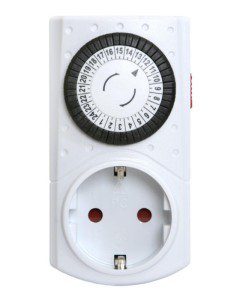
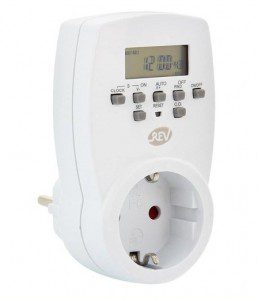
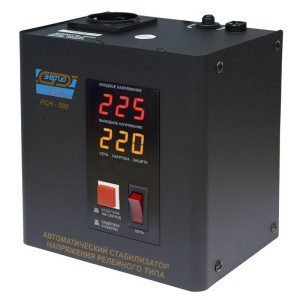
Tweezers
Quite necessary devices can be tweezers и korncangi (tweezers for grasping food). They are needed for feeding turtles with any food, including small mice, which are convenient to hold with forceps.
Turtle brush
Many turtles love to scratch their shells, and to give them this opportunity, you can fix a scratching brush in the aquarium.
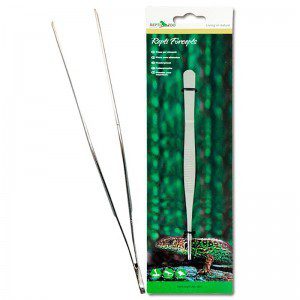
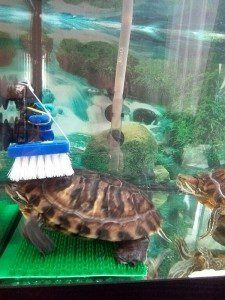
UV sterilizer
This is a device that serves to disinfect water from bacteria, fungi, viruses, algae and protozoa, many of which are pathogenic and pose a direct threat to the health and life of aquatic inhabitants. Due to the treatment of water with hard ultraviolet irradiation with a wavelength of 250 nm, it allows you to control the number of pathogens of many diseases of aquarium and pond fish. The principle of operation of UV is as follows: water from the aquarium under pressure created by the pump passes through the filter and is fed into the sterilizer, which is usually located outside the aquarium (in a cabinet, on a shelf above or below the aquarium). Inside the sterilizer, the water is treated with an ultraviolet lamp, and, leaving the opposite side of the water intake, it again enters the aquarium. This cycle goes on all the time.
Since the sterilizer does not directly affect animals, it will not harm fish or turtles, but it can destroy green algae (euglena green). Prolonged (more correctly, unreasonable or unbalanced) use of a UV sterilizer can cause an outbreak of blue-green algae! Therefore, if you think that you can’t do without a UV sterilizer, then buy it.




